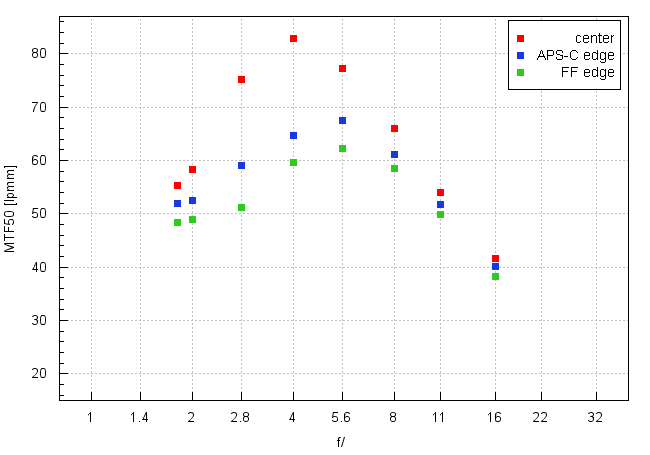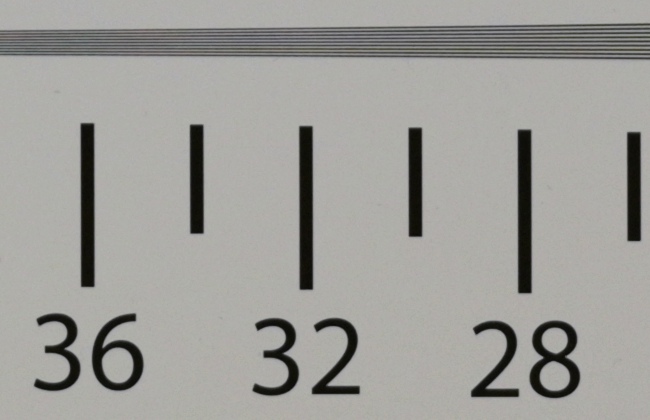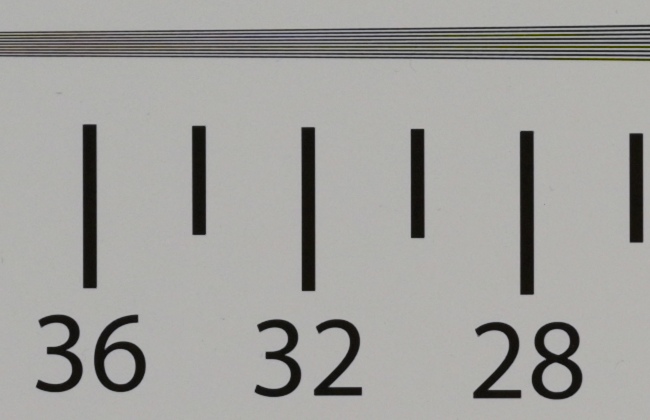Nikon Nikkor Z 85 mm f/1.8 S
4. Image resolution
Let's see how the Nikkor Z 85 mm f/1.8 S compares – its results in the frame centre, on the edge of the APS-C/DX sensor, and on the edge of full frame presents a graph below.

Please Support UsIf you enjoy our reviews and articles, and you want us to continue our work please, support our website by donating through PayPal. The funds are going to be used for paying our editorial team, renting servers, and equipping our testing studio; only that way we will be able to continue providing you interesting content for free. |
- - - - - - - - - - - - - - - - - - - - - - - - - - - - - - - - - - - - - - - - - - - - - - - -
When it comes to the frame centre the tested lens should only be praised. Already near the maximum relative aperture you deal with a good level of 55-58 lpmm which increases to 75 lpmm by f/2.8 and almost to 83 lpmm by f/4.0. These results are perhaps a tad weaker than in the case of the 1.8/50 model but, nevertheless, they can be called brilliant.
A comparison with other constructions of this type is once again favourable for the new Nikon lens. The reflex camera Nikkor AF-S 85 mm f/1.8G was very sharp on stopping down but by f/1.8 it barely managed to exceed decency level. The Sony 85 mm f/1.8 FE corrected its optical aberrations a tad weaker so it reached the peak of its possibilities only by f/5.6. The Tamron SP 85 mm f/1.8 Di VC USD seems to be the most formidable rival for the new Nikkor as it fared similarly well both at the maximum relative aperture and on stopping down.
If you look at the performance on the edge of the APS-C/DX sensor, the Nikkor Z 1.8/85 S provides many reasons to be happy as well. Already at the maximum relative aperture you deal with results close to 52 lpmm so safely above the decency level. A more significant stopping down allows the lens to reach almost 68 lpmm, a very high value.
The new Nikkor fares slightly better than its Nikon F mount predecessor and significantly better than the Sony FE 1.8/85 which, by f/1.8, experienced already some problems. Only the Tamron can win the duel with the Nikkor as, in its case, differences between the centre of the frame and the edges of the APS-C/DX sensor were distinctly less pronounced.
As the performance on the edge of full frame is not much different from the edges of the APS-C/DX once again we can be happy with the way the Nikkor Z 1.8/85 S fares. Most of all, we are pleased with the fact that the lens is able to offer a completely satisfying image sharpness up from the maximum relative aperture. It allows us to assess the tested lens notably higher than the Sony FE 1.8/85 as it experienced huge problems even on stopping down the aperture. The reflex camera Nikkor 1.8/85G had to be closed down to near f/2.2 in order to get images of acceptable quality. Once again only the Tamron seems to be able to compete with the new Nikkor on equal terms.
The summary of this part of the test can only be positive. The Nikkor Z 85 mm f/1.8 S doesn't have weak points as it is able to produce sharp images even by f/1.8 no matter what part of the frame you care to select. A perfect performance? Not really. If the differences between resolution in the centre and the edge of the frame were smaller we could call it so. Still, for a portrait lens it is not a serious flaw as edges of the frame often are well outside depth of field areas.
At the end of this chapter, traditionally, we present crops taken from photos of our resolution testing chart which were saved as JPEG files along the RAW files, used for the analysis above.
| Nikon Z7, JPEG, f/1.8 |
 |
| Nikon Z7, JPEG, f/4.0 |
 |






